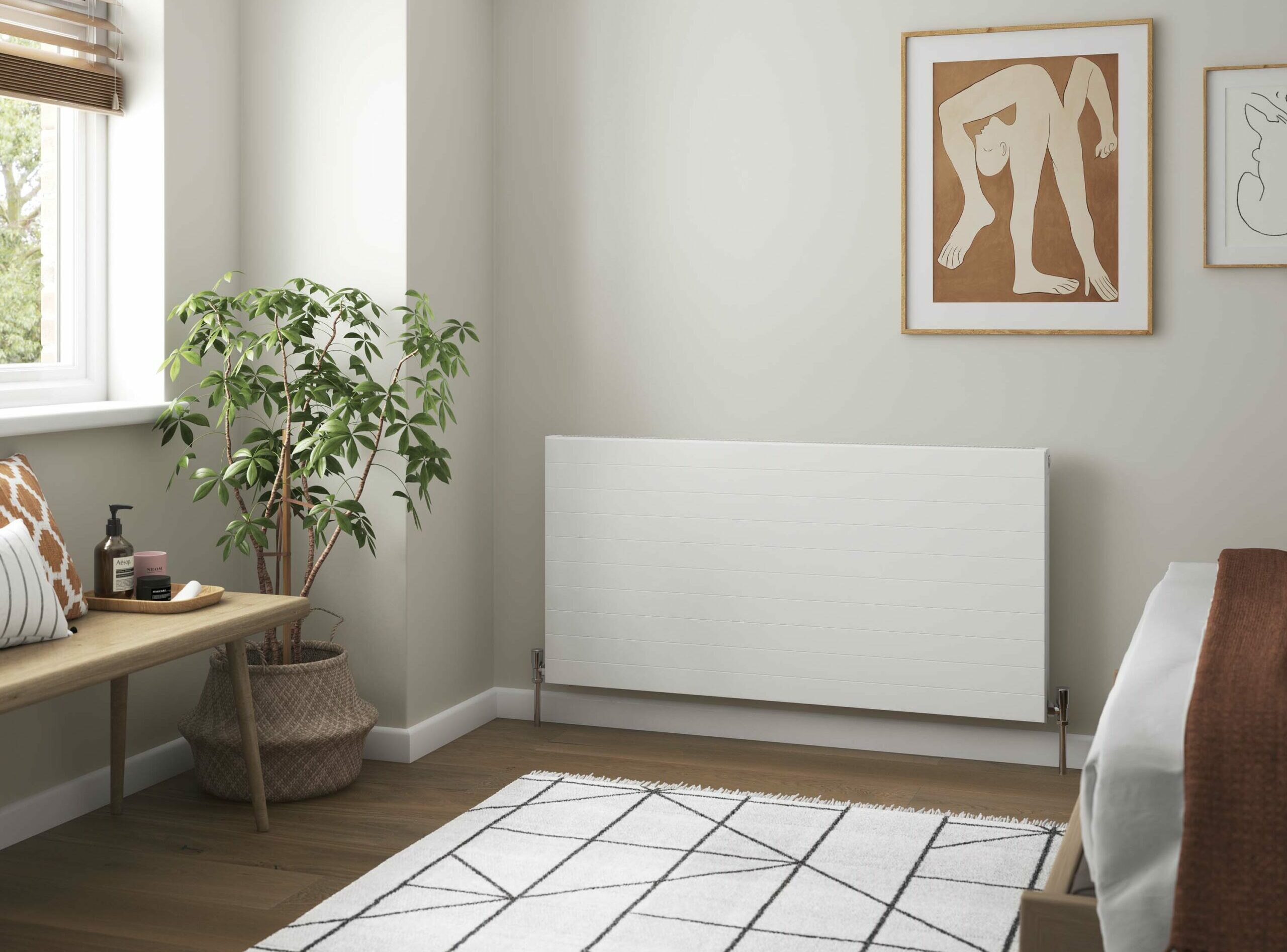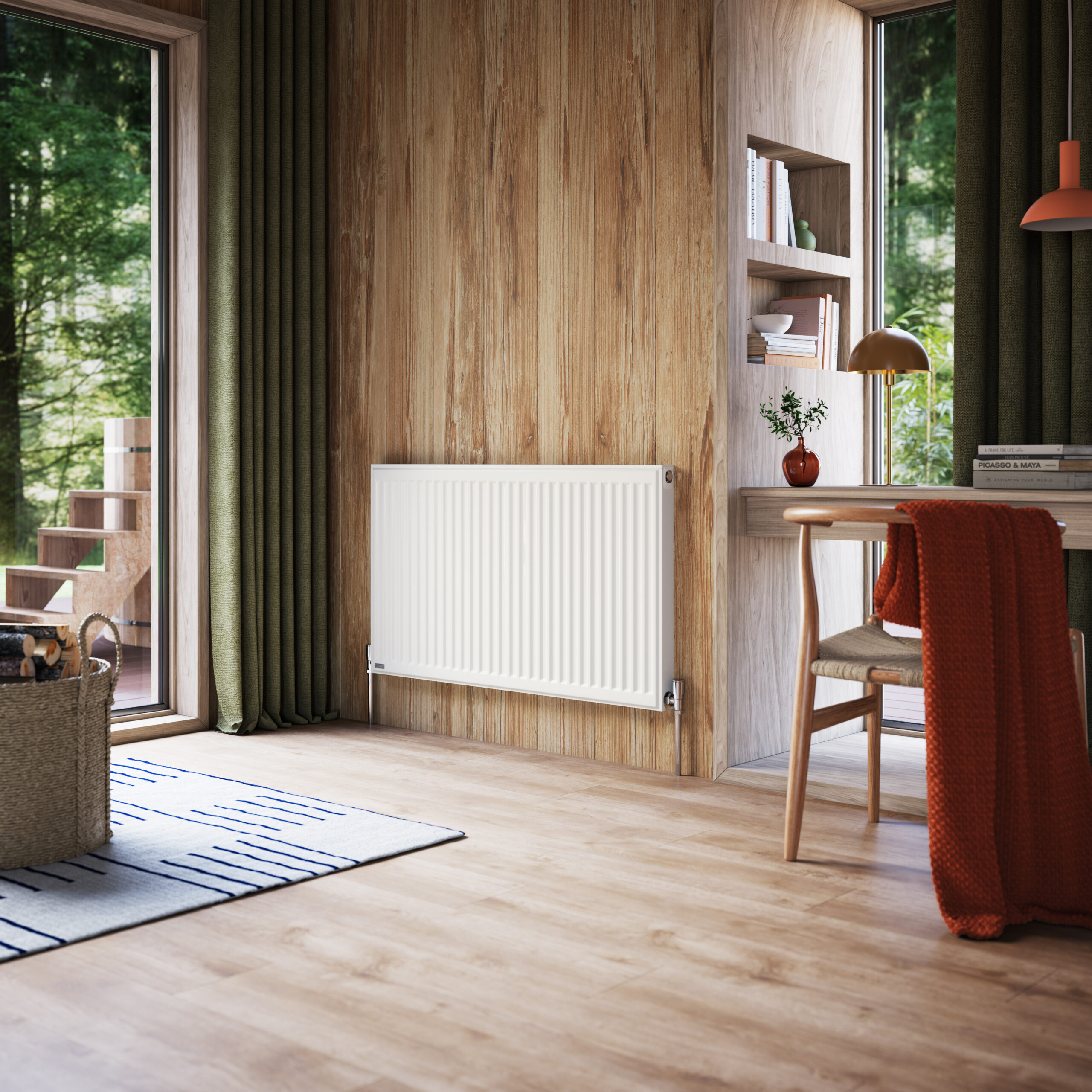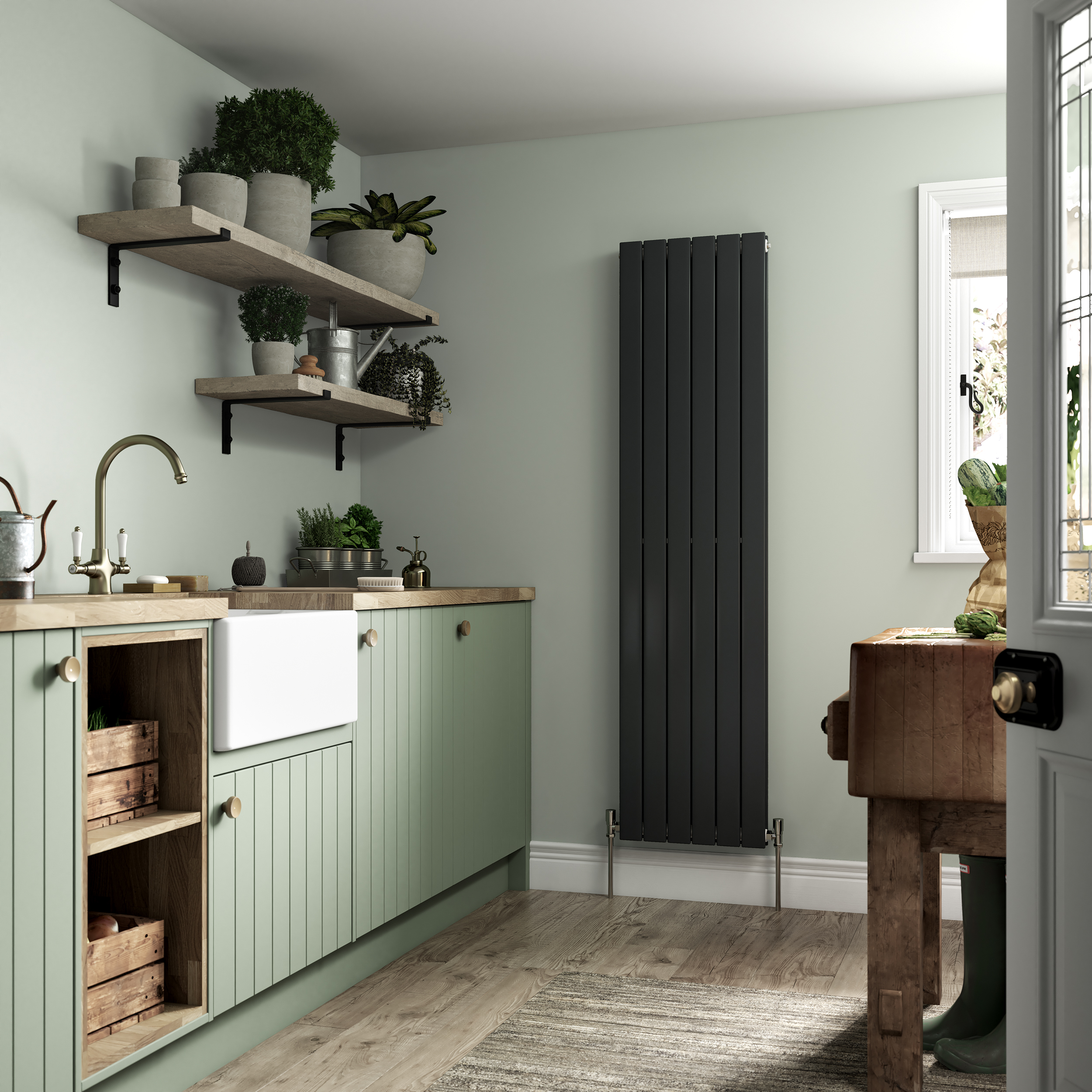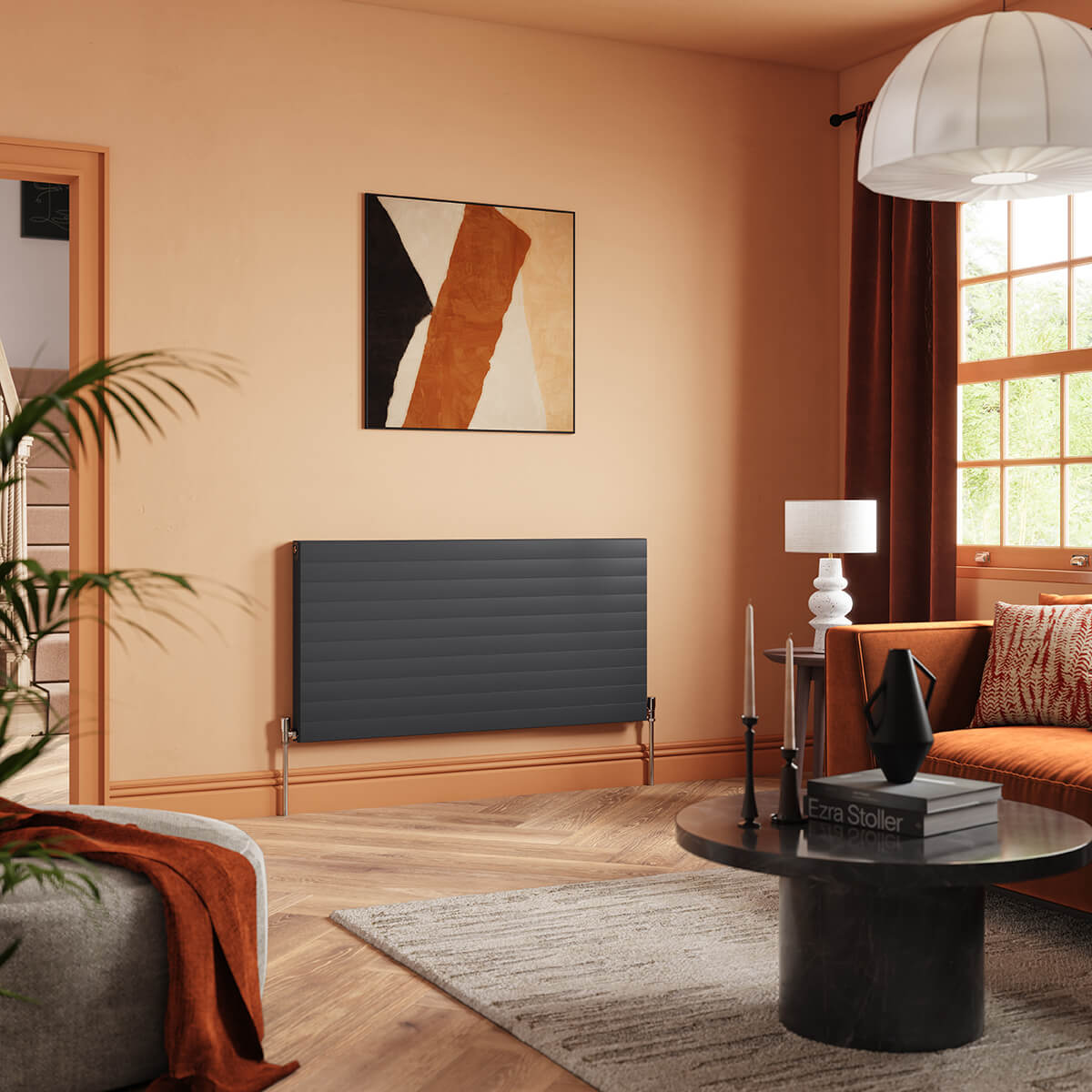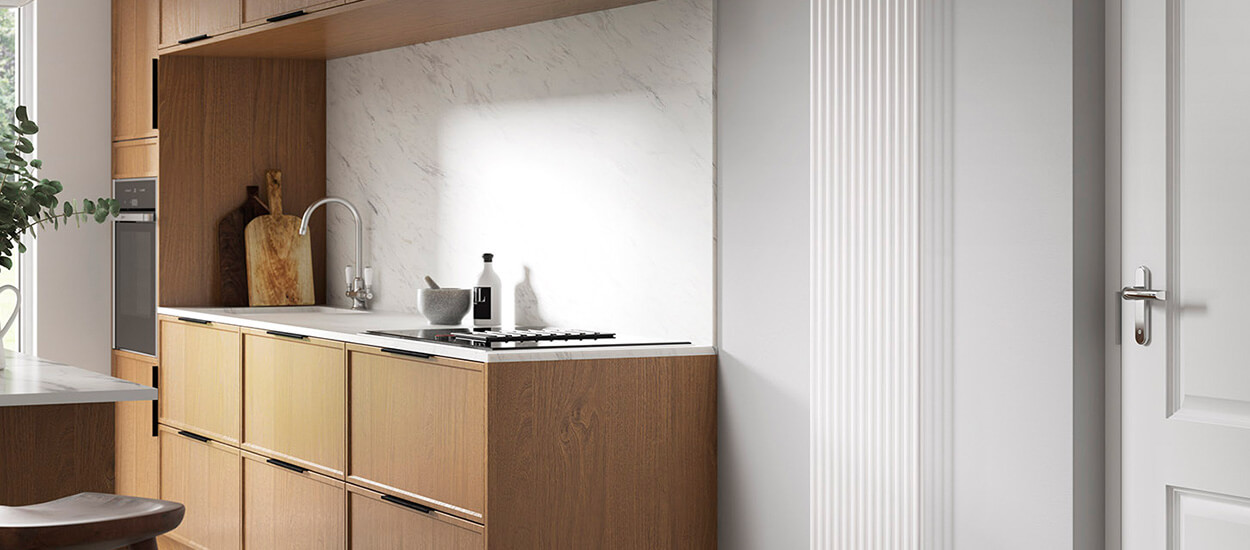When it comes to investing in new radiators, you will want to know how to turn them on as some radiators are different to operate. Most radiators will have a dial on the valve that allows you to change the temperature of the radiator or turn it off completely. The valve with the temperature dial will be located at the bottom of the radiator on either the left or right side and should be simple to find. Most people will not have an issue turning on their radiator at the beginning, it’s more common to have an issue if your radiator is old and suddenly stops working.
Here are some of our tips on how to turn a radiator on and some suggestions of what might be wrong with a radiator that is having this problem. There are some ways you can troubleshoot your radiator and find out how to turn radiators on as quickly as possible when you need to.
Quick Checks When It Comes to Turning a Radiator On
Most people have used a radiator before but for those who have just bought their first home and are unsure of how to turn on a radiator, we are here to help. If the radiator simply won’t turn on, this could be down to your heating system and something to do with the connection within the system. More modern heating systems are usually water-circulating systems, and if you have one of these, you might need to turn on the circulating pump. Other models have a hydronic baseboard heater function that works in the same way as water-circulating systems. The bleed valve will usually be on a horizontal section of the water pipe, normally the side where the heating fins are.
Different radiators have a different amount of panels and heating fins, for larger rooms you can go for K2 double radiators or P+ double radiators, and for smaller rooms, K1 single radiators are usually efficient enough. The number of panels or fins the radiator shouldn’t affect how to turn on a radiator as they all work in an equivalent way. Find our advice hub for more information on the types of radiators we stock at Stelrad.
Signs Your Radiator Needs Bleeding & This Might Help Turn on Radiators
Many radiators, if not all, will need bleeding at some point and this is a simple procedure. Bleeding a radiator is essential to let out any trapped air or clogged up water and signs your radiator needs bleeding are when the radiator goes cold, commonly at the top of the radiator if you have vertical radiators. If there is trapped air in the water inside the radiator pipes this can result in the radiator having to work harder to heat up and consequently, your energy bills will be higher. We have a YouTube video on how to bleed a radiator and step-by-step bleed a radiator instructions if you have never done this before or just need some extra help.
If you have been bleeding your radiator regularly and it still isn’t working, it might be a sign that you need to replace the radiator, especially if the other radiators in your home are working fine. You will know there is a problem with a particular radiator if the rest are working well and there is no central heating problem. Think about how old the radiator is and browse our range of designer radiators if you think it’s time to find something new.
Different Radiator Models Have Different Ways of Turning On
All radiators have two valves, one is for controlling the amount of hot water that enters the radiator and the other is called the lockshield valve. The lock shield value balances the system by controlling the amount of heat the radiator emits. Most radiators have this in common. However, there are some radiators that have differences, this will depend on the style and the model. Most radiators are connected to one thermostat that controls all the radiators in the house, and they can be set at a consistent temperature and changed by the valve. You will most likely need to turn the valve anticlockwise to turn your radiator on and clockwise to turn it off. However, this isn’t the case for every model, but it will be obvious when you have the valve and radiator in front of you.
Troubleshooting a Radiator That Isn’t Working
If you have a radiator that isn’t working and you have checked your central heating and the dial on the radiator, there could be a problem with it. Most radiators last for about 20 years but depending on the brand, some might give up before. Therefore, it’s best to go for a renowned, well-reviewed brand like us at Stelrad. You can check with your radiator company or the brand and see if you have a warranty if you know the problem cannot be fixed. At Stelrad, we have a 10–15-year warranty on most of our radiators. If you know it’s time to replace your old radiator, you can browse the selection of options we have at Stelrad. Sometimes you can be in search of how to turn on a radiator and get no results down to a faulty or old radiator.
Troubleshooting Steam Radiators
When it comes to troubleshooting stream radiators, you will need to open the radiator’s control valve, controls must be all the way open or closed, and you cannot lower the heat output by slightly closing the valve. If this isn’t working to help your steam radiator heat up you will need to find the air vent on the radiator, it will be cone-shaped. To test the valve for malfunctioning, you will need to turn off the control valve and make sure the radiator is cool before you unscrew the air vent, you can then turn it on and allow it to heat up. Make sure you stand away from the air vent when unscrewing, the steam that might escape will be extremely hot. If there is no steam, this will mean the control valve needs replacing.
Signs It’s Time to Get a New Radiator
If there is really nothing that will turn your radiator on and you have tried every option when looking at how to turn on a radiator, you can always call out a plumber as a last resort. It might be time to invest in a new radiator, especially if the one you have is already quite old. You can browse our column radiators and coloured radiators to add something new and exciting to your home. Make sure you check if your radiator is in warranty if you haven’t had it for too long!
 Next Working Day Delivery£18 For Next Working Day Delivery On All Products*When ordered before 2pm.*T&Cs apply
Next Working Day Delivery£18 For Next Working Day Delivery On All Products*When ordered before 2pm.*T&Cs apply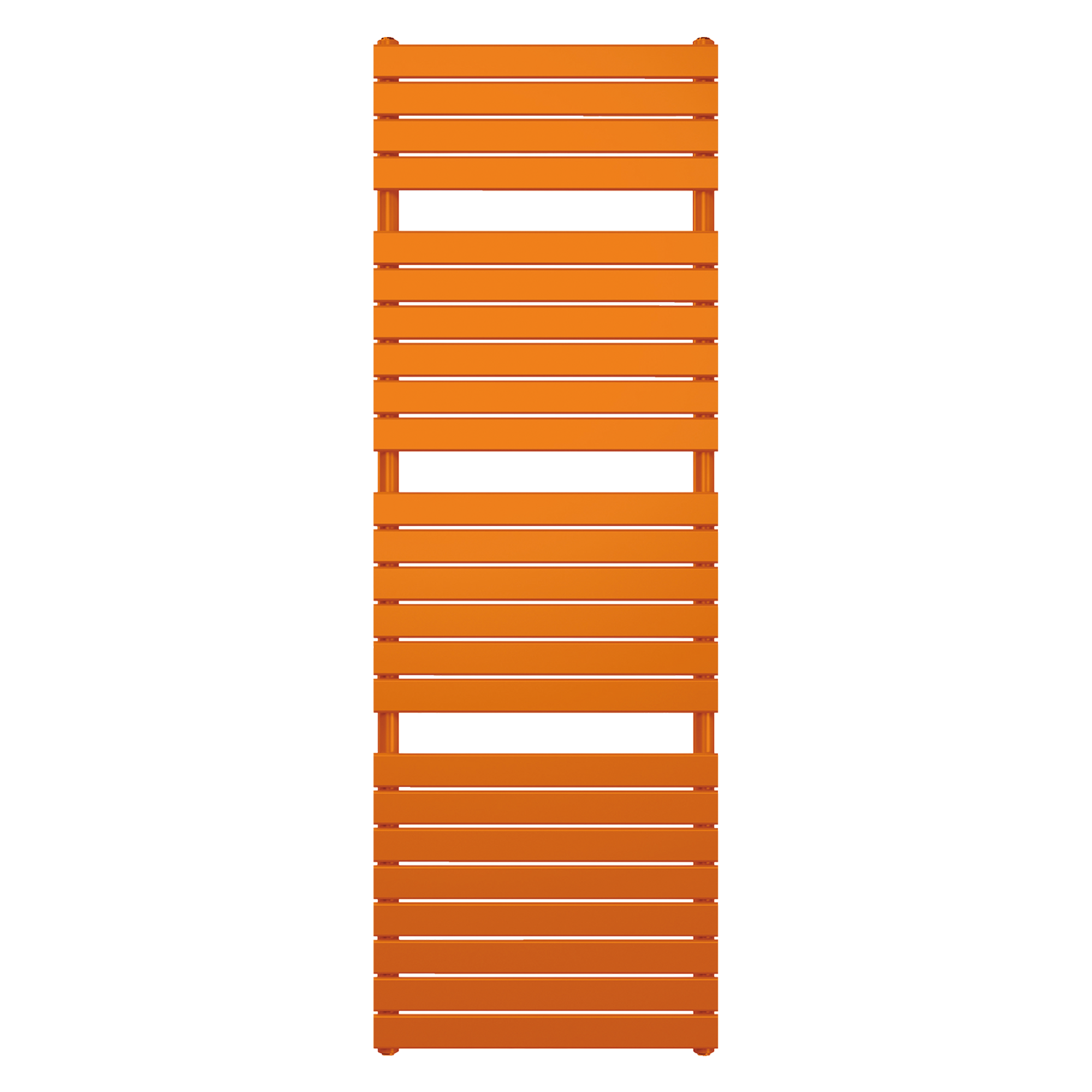 HOME SERIESConcord Rail Coloured
HOME SERIESConcord Rail Coloured
